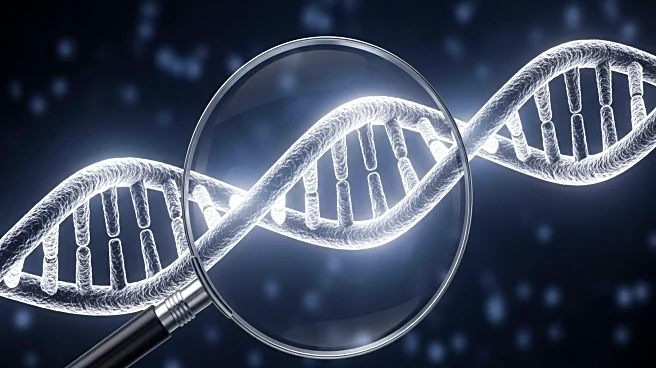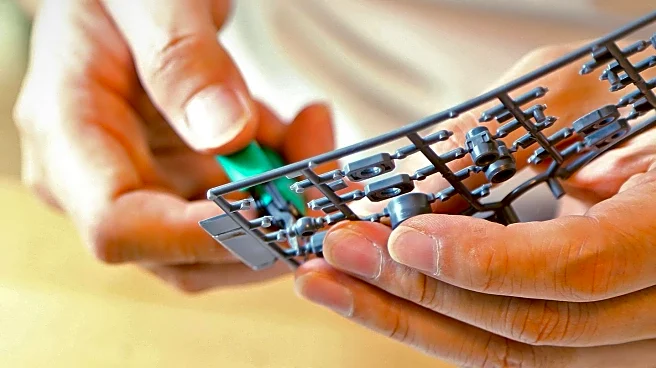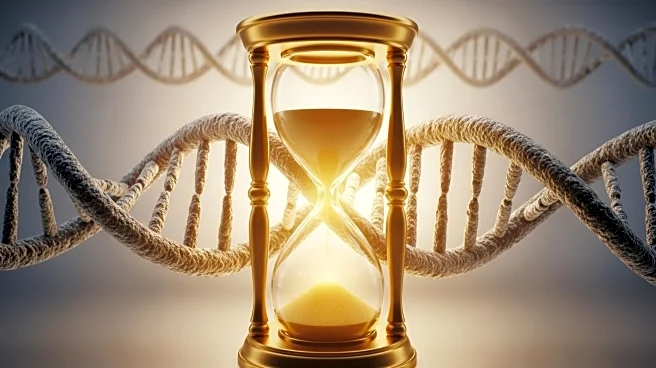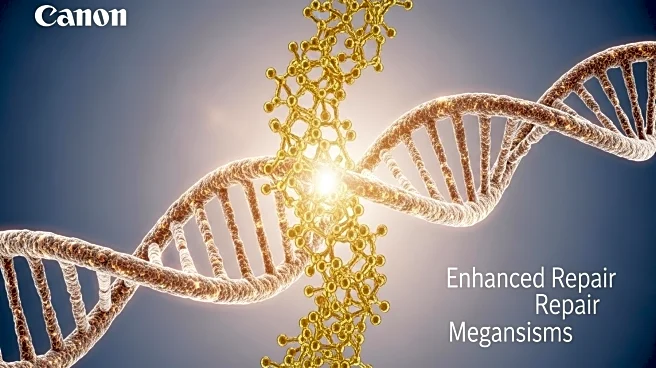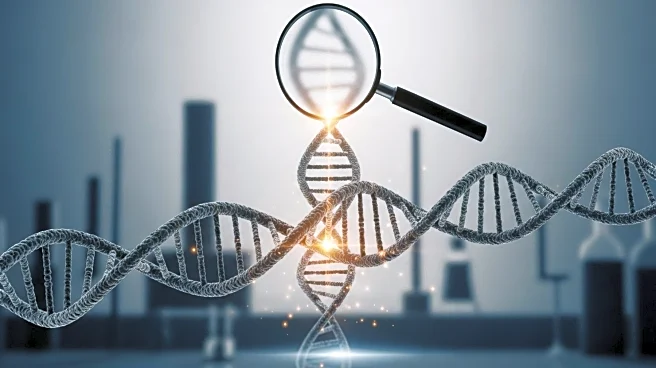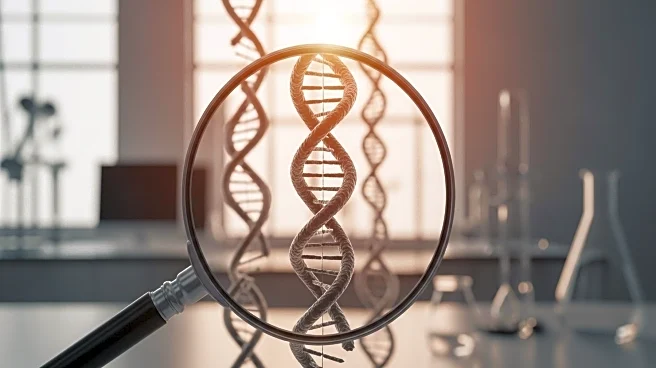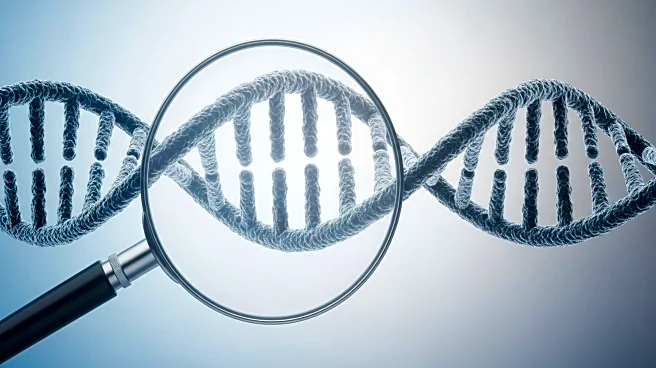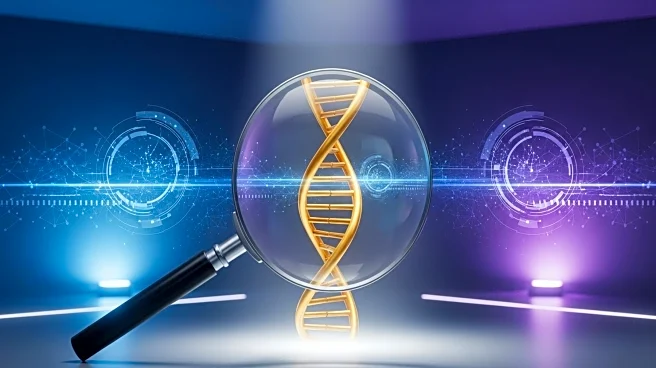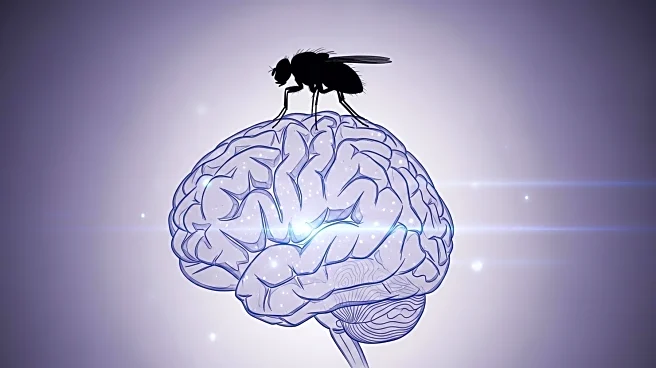What is the story about?
What's Happening?
Research published in Science has revealed that naked mole-rats possess superior DNA repair mechanisms, contributing to their extended lifespan. Unlike other rodents, naked mole-rats can live up to 40 years, nearly ten times longer than mice. The study identifies a cGAS-mediated mechanism that enhances DNA repair, potentially delaying aging. Researchers found that the naked mole-rat's cGAS differs from human and mouse cGAS by four amino acids, which enhances homologous recombination repair, a critical pathway for maintaining DNA integrity.
Why It's Important?
The findings offer insights into the genetic basis of longevity, suggesting that targeting DNA repair mechanisms could be a strategy for promoting human longevity. This research could influence future studies on aging and the development of interventions aimed at enhancing DNA repair in humans. The naked mole-rat serves as a valuable model for understanding the genetic factors that contribute to longevity, potentially leading to breakthroughs in age-related health issues and extending healthy human lifespans.
AI Generated Content
Do you find this article useful?
